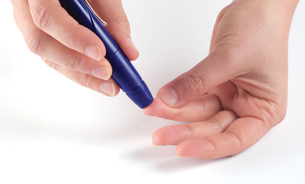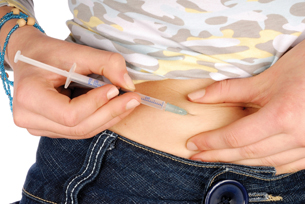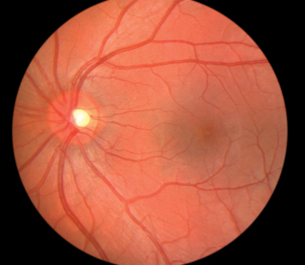Module 2
1. Module 2
1.36. Page 4
Module 2—The Endocrine System

© PeJo/shutterstock
Blood Glucose Imbalances
Among your friends, relatives, and teachers, you are likely to know someone who has diabetes mellitus. This is a disorder in which blood glucose levels are abnormally high. Doctors usually use the full name rather than just “diabetes” to distinguish it from diabetes insipidus. In Biology 20 you learned about diabetes insipidus. This disorder is also hormone related, but it involves insufficient secretion of antidiurectic hormone (ADH). Many of the symptoms, however, are similar to diabetes mellitus, such as excessive thirst, weakness, and frequent urination.

© Adam Majchrzak/shutterstock

© ajt/shutterstock
diabetes mellitus: a serious chronic disorder that results when the pancreas does not produce enough insulin, insulin receptors, or body cells do not respond to insulin
Levels of blood glucose tend to rise sharply (spike) after meals (hyperglycemia) and remain at significantly elevated levels.
hyperglycemia: a condition resulting from high levels of blood glucose; occurs in individuals with diabetes mellitus
hypoglycemia: a condition resulting from low levels of blood glucose; occurs in individuals who secrete excessive amounts of insulin when a tumour develops in the beta cells or in diabetics who have injected too much insulin
Type 1 diabetes(juvenile diabetes or insulin-dependent diabetes): an autoimmune disorder in which the immune system produces antibodies that attack and destroy the beta cells of the pancreas so that they are unable to produce insulin; usually diagnosed at an early age and the individuals require daily injections of insulin
Type 2 diabetes (adult-onset diabetes or insulin-independent diabetes): a disorder that develops slowly over time because the insulin receptors on the body’s cells stop responding to insulin or because the beta cells of the pancreas produce less and less insulin over time; appears to be related to being overweight or obese
Diabetes is usually grouped as Type 1 diabetes (also called insulin dependent or juvenile diabetes). In Type 1 diabetes, the pancreas does not produce insulin. In Type 2 diabetes (also called insulin-independent or adult-onset diabetes), the body may reduce its production of insulin or the body’s insulin receptor cells may no longer be sensitive to insulin.
Lack of insulin causes blood glucose levels to spike after meals and to remain high for long periods of time. This is called hyperglycemia. If there is too much insulin, glucose levels plummet, and the person has hypoglycemia (a hypoglycemic episode).
Untreated glucose imbalances lead to many symptoms, and can result in blindness, kidney failure, nerve damage, and severe infection in the limbs, which may lead to the need for amputation. Several medical technologies have been developed to help diabetics deal with their problems.

© Tim Mainiero/iStockphoto
Depending on your learning style, you may choose to complete the following Read activity or the Watch and Listen activity.
 Read
Read
Read “The Effects of Glucose Imbalance” on pages 457 through 459 of your textbook. As you read, make notes about the types of diabetes, their causes, their symptoms, their effects, and the medical technologies that have been developed to deal with glucose imbalances. File your work in your course folder.
 Watch and Listen
Watch and Listen
View the following segments of “The Pancreas: Regulating Blood Glucose Levels.” Make notes about the types of diabetes, their causes, their symptoms, their effects, and the medical technologies that have been developed to deal with glucose imbalances. You may require a username and password to access these videos. Contact your teacher for this information.
- “Type 1 Diabetes”
- “Bio Fact: Diabetes Mellitus”
- “Urinalysis”
- “Bio STS: Blood Glucose Monitor”
- “Bio Quest: Research Approaches for Diabetes Mellitus”
- “Working with Diabetes”